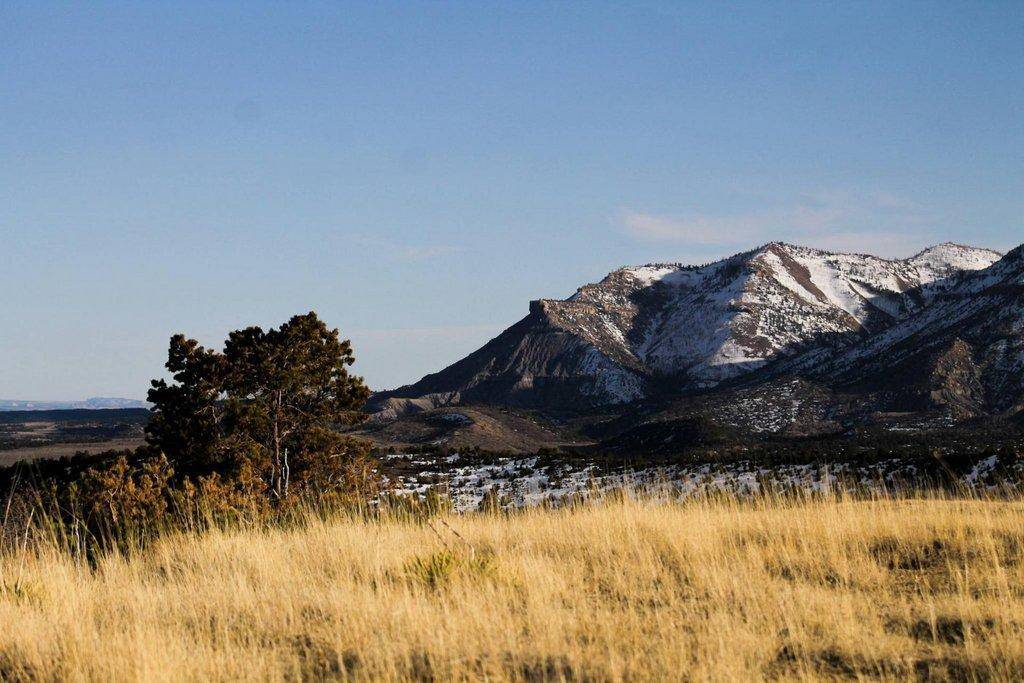Many in the community have been thankful of the warmer weather lately as there is a greater desire than ever to get out of the house, even momentarily, to enjoy a walk, yard work and other activities that take place in the fresh air while practicing social distancing.
While out, individuals may have noticed that the skies seem cleaner than before, mainly in the Wasatch Front. While it would be easy to assume that this is due to slower production in the energy industry, that is reportedly not the case. Representatives of companies such as Rocky Mountain Power and Savage Services have assured that while they are certainly following recommendations from the Center for Disease Control and working diligently to protect their employees, they are essentially working at the same capacity.
Rocky Mountain Power cited its top priority as protecting the health of their employees and the community while continuing to provide reliable power. As an essential service provider, their employees will continue to meet their obligations to work safely and follow the company policies and guidelines to avoid the transmission of COVID-19. Similarly, Savage’s CEO and other leaders put together an outline of safety and procedures in February that has been sent out via email, virtual meetings and more.
However, due to the spread of COVID-19 and the need to stay home more often, there are less cars on the road. There is also less air traffic than before.
“People are not traveling like they were pre COVID-19,” stated Carbon County Commissioner Tony Martines.
The Utah Department of Transportation (UDOT) shows that the gas tax revenues are down by 34 percent. Traffic near Arches National Park north of Moab on U.S. 191 peaked between March 10 and 15. Kevin Kitchen of UDOT stated that, depending on the direction of traffic, volumes were running anywhere from approximately 20 percent below 2019 numbers to 20 percent above.
By the end of March, those numbers dropped by approximately 75 percent with traffic volume only a quarter of what was experienced in the same time last year. A peak number of cars in that area was generally 8,500 per day compared to 1,300 per day this year.
Airline companies are not flying their fleets at full capacity, choosing to park many planes for the time being. Carbon County has even been contacted by some companies to see if they are able to park a number of their jets at the airport in Carbon County.
It has been documented that the jets that come in and out of the Salt Lake International Airport are the leading contributing factor to the pollution in that area, with vehicles being second. The refineries that are in Salt Lake send 50 percent of their processed fuels to their customers such as Delta and FedEx, also being a large contributor to the air quality.

